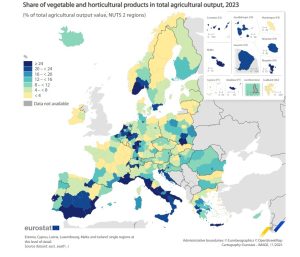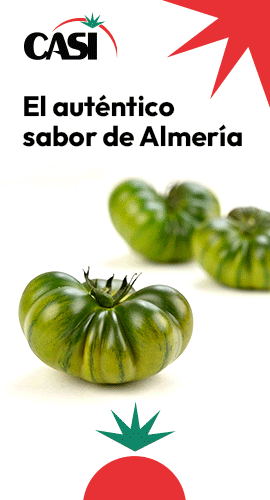The first part of the onion campaign has come with mixed news. After a year marked by extreme drought and very low prices, many growers opted to slightly reduce the area planted with early varieties for April and May harvests.
Later, due to rains in autumn, winter and spring, onions struggled with lack of sun, and growers faced leaf diseases—mainly downy mildew. According to José Ramírez, Onion Specialist at Bejo, all these issues led to poor quality in April and early May harvests, along with very low yields. “In Jaén and Córdoba, for example, losses reached over 50% in some farms.” On the upside, national onion prices have been high, ranging from €0.45 to €0.50/kg depending on quality.
By May, the stress endured by crops from late winter to early spring also led to increased bolting.
Bejo’s latest innovations
Despite the season’s difficulties, Bejo’s Naranco variety—its newest bet for April harvests—showed good quality, with a round shape and firm skin. “It just lacked a bit more size,” said Ramírez.
The seed company is developing new materials. Among them, Ramírez announced an upcoming white onion variety for mid-May harvest. This new line builds on previous launches like Itaparica, Revolution (for late May), and Tacoma (mid-May), and is slightly earlier than those.
In the sweet onion segment, Bejo is also working on a very promising variety, “earlier than Macon.”
For the red onion market, Bejo’s catalogue includes Red Marvel and a newcomer, Red Lion, for early June harvest.
Sector challenges
The biggest issue for the sector right now is internal damage in onions. Bejo continues to collaborate with the Polytechnic University of Madrid to find solutions, but there have been no major breakthroughs yet.
“We have learned that internal damage is more evident in storage onions. In all tests conducted so far, we haven’t seen signs of bacterial infections or internal damage in the field—only during storage, in postharvest. Still, it’s early days. Research must continue,” said Ramírez.
Another major challenge is rising temperatures. In regions like Murcia and Andalusia, autumn is no longer as cool as it once was. “We’re in short sleeves until nearly Christmas, yet the same varieties are being grown,” explains the specialist.
“When the winter break arrives, crops are at a phenological stage that increases bolting in spring. Also, in April and May onions, we’ve seen more sunburn damage than usual (especially on the shoulders of the bulb), which in just a few days can lower market value.”























